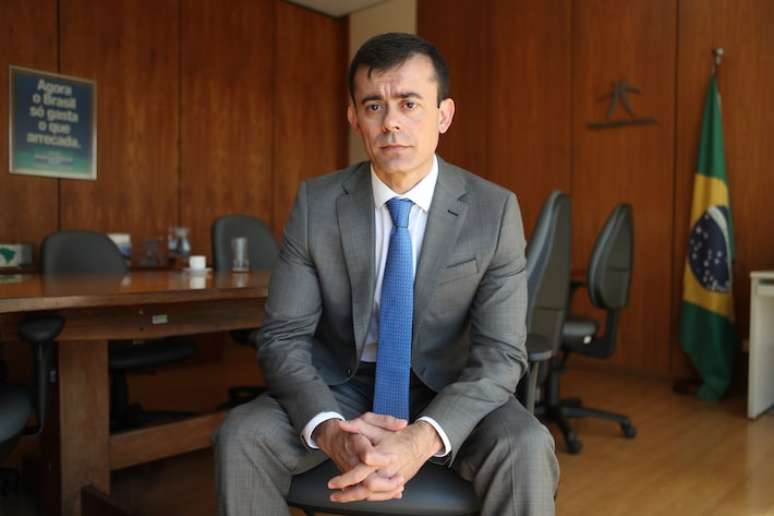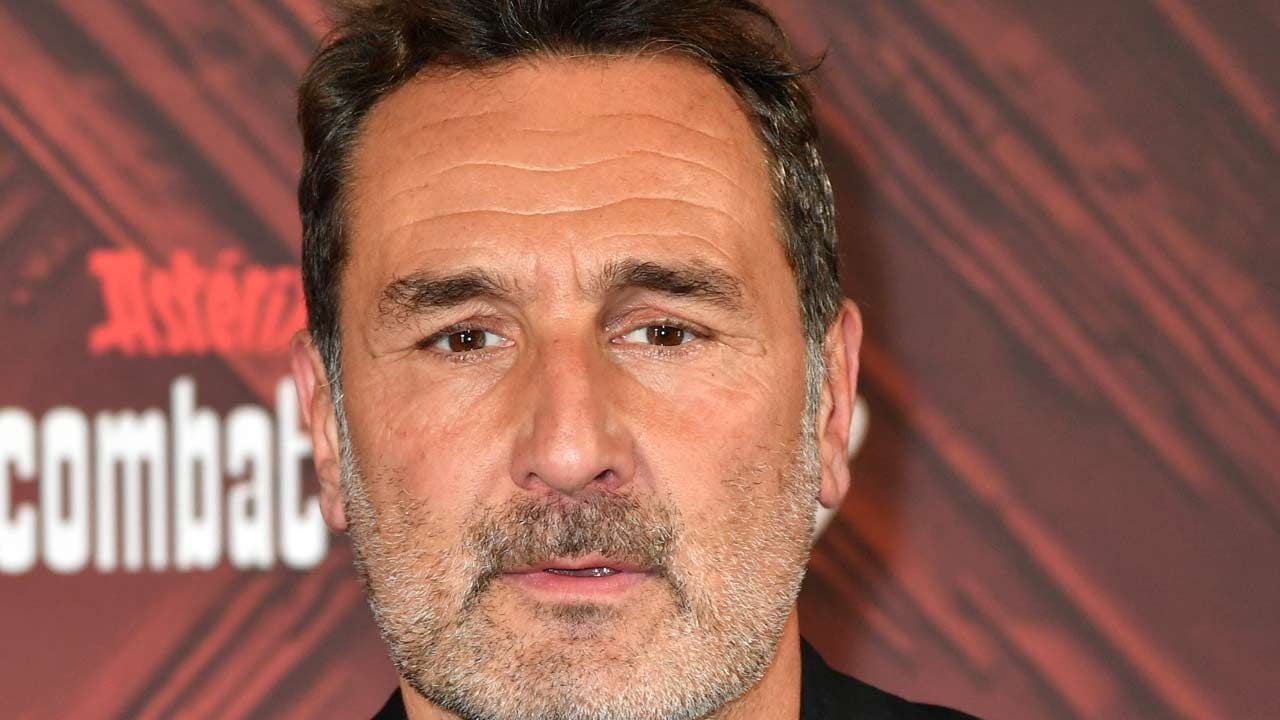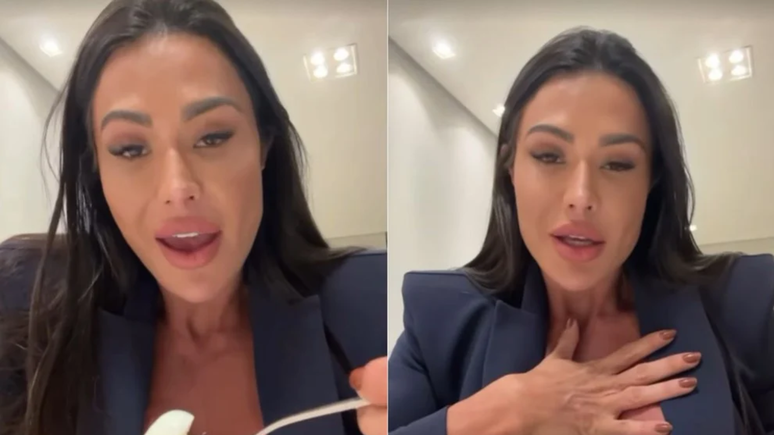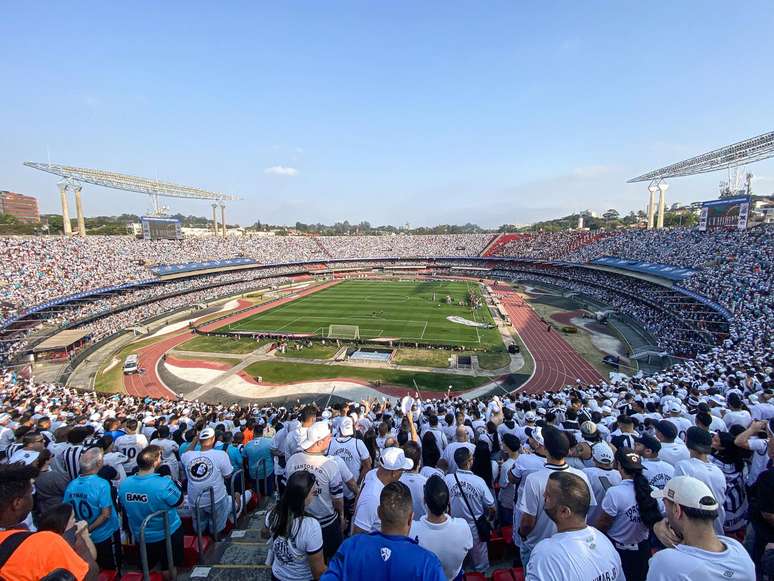According to Treasury Secretary Rogério Ceron, the government is willing to allocate up to $2 billion in the first auction of the Eco Invest Brasil program, which could mobilize up to $20 billion in private investment in the country.
BRASÍLIA – The wait for National Treasure with the first auction of Eco Invest Brasil, the program for mobilizing external private capital and protecting trade, is that, for every billion dollars of public money allocated, up to 10 billion dollars will be invested in new long-term projects that prioritize THE ecological transition. In an interview with State/BroadcastSecretary of the Treasury, Rogerio CeronHe said the government is willing to allocate between $1 billion and $2 billion for this auction.
“Assuming we reach an average leverage of 10. For every billion dollars that I allocate from this public financial line, I leverage 10 billion dollars from a portfolio of productive projects of this type in Brazil. We are not informed and we will not inform, not even for strategic reasons, but we are willing to work in a range of 1 to 2 billion dollars, which means it has the potential to leverage between 10 and 20 billion dollars in private investment in Brazil,” he said.
This week, the Treasury published an order with the criteria for the first auction of Eco Invest Brasil. The instrument was launched in late February this year to expand exchange rate hedging options for foreign investments in sustainable projects.
The Eco Invest auction provides leverage ranges, with a minimum of six times. “For every $100 million I bring in in public capital, the private sector must ensure that I raise $600 million abroad. The leverage limit is up to 20 times. I will rank the proposals from the highest to the lowest leverage,” the secretary explained.
For a project with a leverage of six, there will be 16% public resources and 84% private resources. At the highest level, 20, there will be 5% public investment and 95% private capital. “I will give priority to those who obviously asked for the lowest percentage of public capital. This makes investments possible with the lowest participation and at the lowest cost for public authorities,” he stressed.
New model
The government hopes that this will be a new policy model to promote productive investment. “Last year we debuted on the international market with sustainable sovereign issues and, in the wake, we have created a benchmark (reference) for the corporate market. This line will increase private emissions abroad. If it is successful, we will see a substantial increase in sustainable emissions from Brazilian companies abroad,” he said.
The focus of this first auction is on greenfield projects, which have not yet been explored. As examples, Ceron cites initiatives in line with the government’s Ecological Transformation Plan agenda, with sustainable infrastructure actions, biofuel projects, green industry or the recovery of degraded areas. The priority is new actions, also to avoid greenwashing.
Projects related to solar, wind and distribution systems were excluded from the auction. Ceron said that it is clear that this sector does not need to be strengthened and that it is already quite mature financially.
Disbursements for projects must occur over a period of 18 months, but there are initiatives, such as green hydrogen, that require a longer implementation and investment cycle. The first disbursement by the Treasury will be equal to 25%, for an equivalent private investment. Once this resource has been used, a further 50% will be disbursed and, finally, the remaining 25%.
Projects
The Treasury will receive bids for the auction within 60 days. “Public and private banks will compete for this same line. We put a 25% cap on how many each financial institution can access this line, to ensure that they have at least four institutions. This is healthy. We should have more than the players, maybe more than the winners, but we have set this minimum,” the secretary explained.
After receiving the proposals, the Treasury will evaluate the project portfolios, which must contain a pre-allocation report of resources. In the internal process there are discussions with the Ministry of the Environment to validate the winners. The results must be published within 30 days of the end of the auction.
“The model is new and clean. It is for the market, it has simple rules, there is no counter. The issue of compliance, transparency rules, autonomy in the dispute, is something new in Brazil,” defended the secretary.
The expectation is that there will be a lot of interest from financial institutions. “There is a 60-day window in which investors must contact financial institutions so that their project can enter these portfolios, these portfolios, to be financed. It is a great opportunity for these investors and for private financial institutions to participate in a new development model to long-term productive credit, from a more open model and not only tied to public banks. And the whole country benefits from attracting foreign savings,” he said.
Source: Terra
Rose James is a Gossipify movie and series reviewer known for her in-depth analysis and unique perspective on the latest releases. With a background in film studies, she provides engaging and informative reviews, and keeps readers up to date with industry trends and emerging talents.







